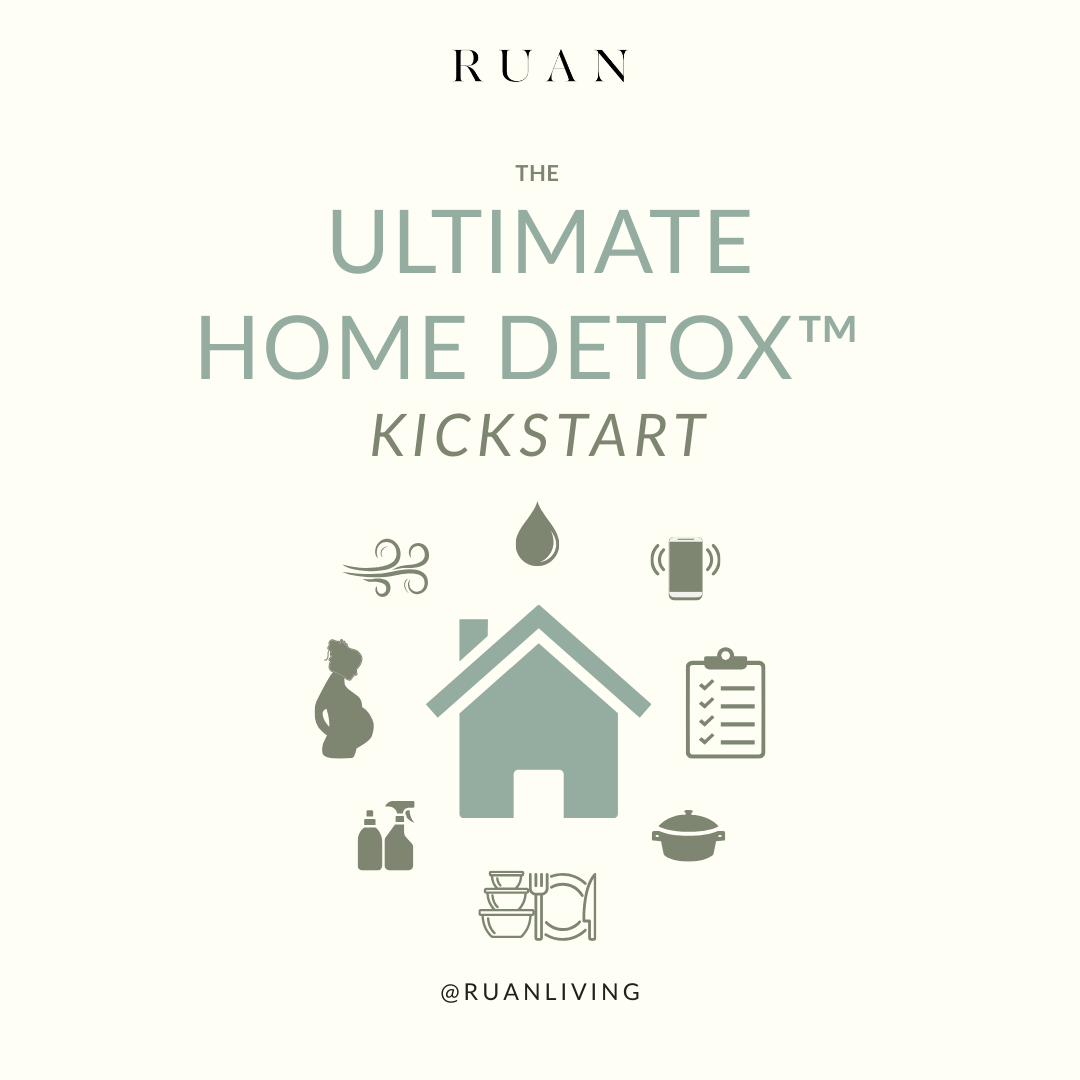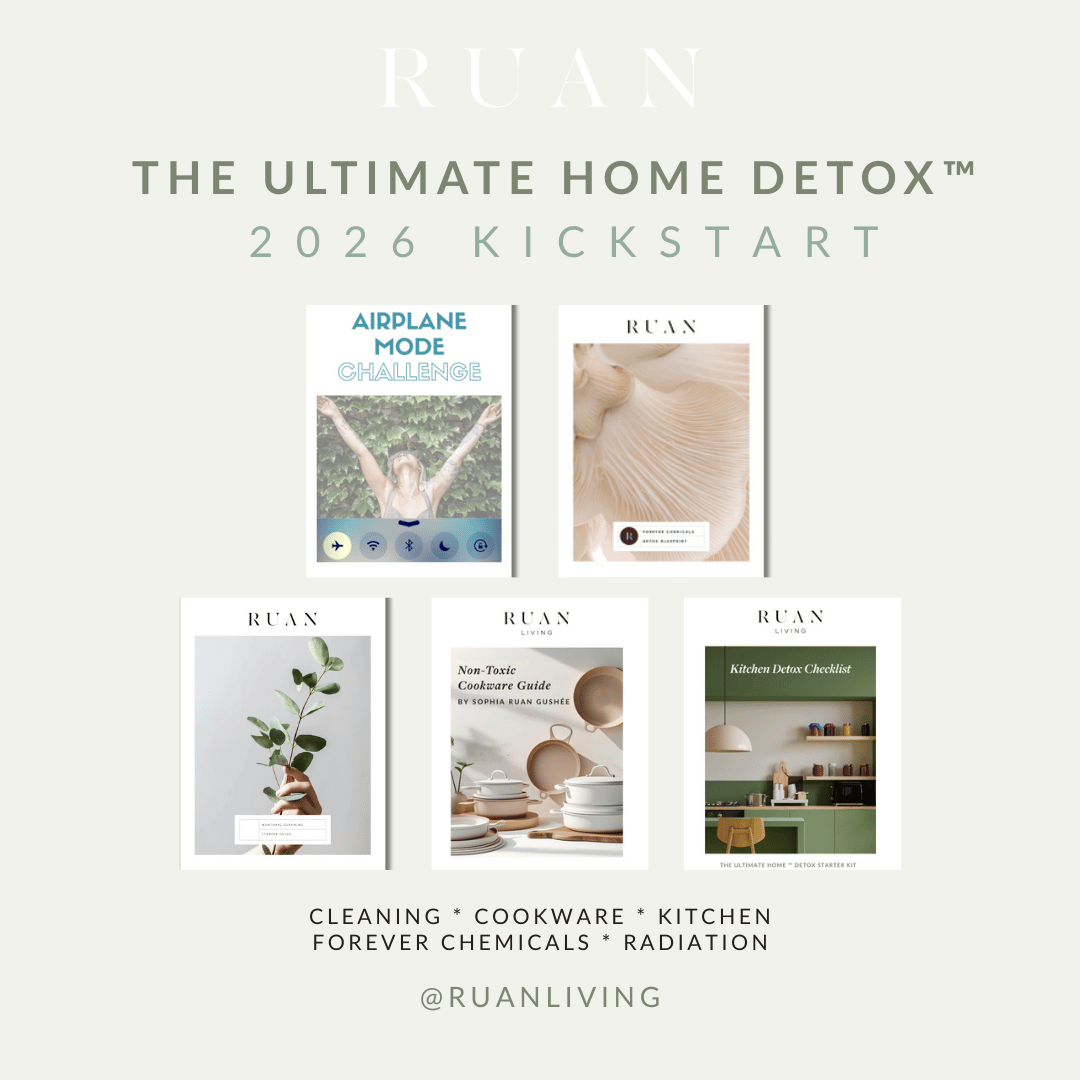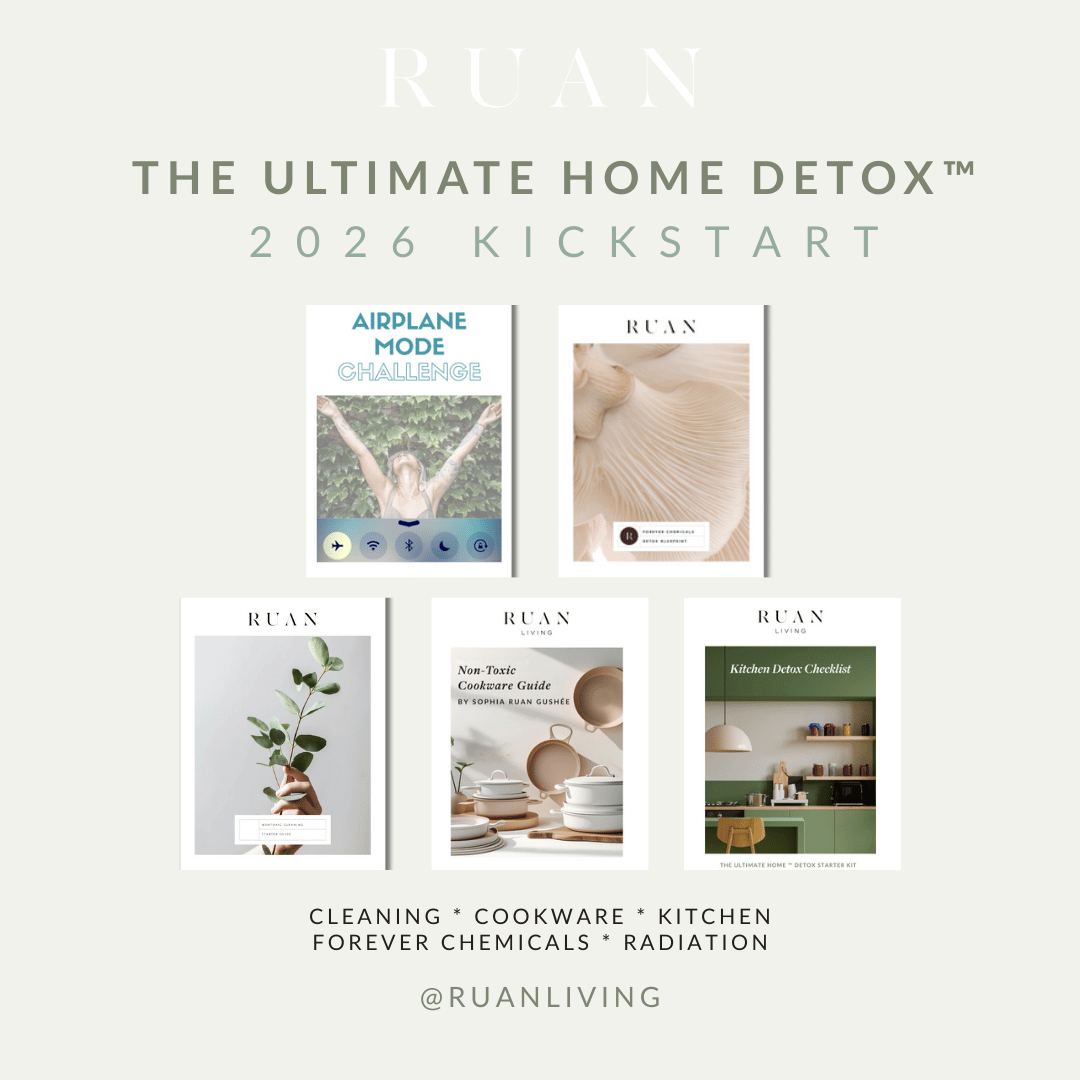
You Can Buy Furniture Without Flame Retardants
Mar 24, 2018by Angela Cummings and Sophia Ruan Gushée
Did you know that a doctor’s note is needed in order to buy a mattress without flame retardants?
It’s federal law.
You might assume, then, that flame retardants added to mattresses and other furniture are critical life-saving additives. After all, laws are meant to keep us safe.
Scientists have found that there is no meaningful difference in having flame retardants in furniture. (1)
And, actually, those flame retardants may be hurting us.
Found in couches, chairs, mattresses, curtains, bedding, carpet, they are now being discovered in babies' umbilical cords (2) and nearly every human body that has been tested (3). Flame retardants have been linked to chronic and terminal health conditions.
Problems with Flame Retardants
Flame retardants are a chemical category that includes:
- Tris. Often used to replace PBDEs, Tris flame retardants were banned from children’s clothing because of health effects. However, Tris can still be found in furniture and other common household products today. Similar to other flame retardants, Tris may be affecting the nervous system; contributing to reduced IQ levels, development and birth defects, reproductive system function, hormones such as thyroid disruption, organs such as the liver and kidneys; and they may contribute to cancer. (4)
- PBDEs. Also banned or phased out of production, PBDEs can still be found in human bodies and the environment. They persist and may be affecting organs and body systems—such as the liver, thyroid gland, brain, and nervous system—and may contribute to cancer. (5)(6)
- Firemaster 550. As another alternative to PBDEs, Firemaster 550 was developed. Early research has shown that the chemical may affect the endocrine system, metabolism, and could contribute to obesity and early puberty. (7)
These chemicals are being banned in other countries (8) and several states throughout the US. (9) However, they are being replaced with chemicals that have not been tested for their effect on health. It is suspected that the newly developed flame retardants will be just as toxic as the chemicals being banned.
Good News: You can buy furniture without flame retardants!
The great news is this: there are ways to buy furniture that does not have flame retardants in them! How do you find these gems? Here are a few tips for finding furniture without chemical flame retardants:
1. Check the label. Look for TB 117-2013 on furniture labels. California passed a state law on January 1, 2015, that was created to improve the fire safety of products. It also often eliminates the need for chemical flame retardants. A word of caution: this law does not prohibit the use of chemical flame retardants, so products could still contain these chemicals. The TB 117-2013 simply means that the product may be less likely to contain flame retardant chemicals.(10)
2. Ask manufacturers. Go straight to the source and ask the manufacturer if there are chemical flame retardants in their products. Retailers and distributors may have this information as well. In particular, they may be marketing products that are free of chemical flame retardants since it’s becoming a more popular option for consumers.
3. Avoid Foam Furniture. Furniture made with foam filling is the most likely to have chemical flame retardants. (11) Consider choosing furniture filled with natural materials instead.
4. Natural wool. Wool is a natural flame retardant and can be used in place of chemicals. While the properties of wool are not as flame-proof as chemicals, it does meet fire safety standards without the harmful properties of chemicals.
5. Doctor’s note. Ask your doctor or chiropractor for a note (on official letterhead or a prescription pad) that allows you to purchase a mattress that is free of flame retardants. This is especially helpful for people that have an allergy to natural latex and natural wool, and, therefore, are not able to tolerate natural flame retardant materials. Check with the manufacturer for the specific language or details that your doctor may need to address in the note.
In Summary
When replacing old—or buying new—furniture and mattresses, consider furniture without chemical flame retardants. The potential health effects from flame retardants range from organ damage to hormone disruption to cancer development and have been worrisome for years.
Take steps to get chemical flame retardants out of your home and out of your body by looking for furniture that is less likely to contain flame retardants.
Ask manufacturers when the product label doesn’t clearly state that there are no chemical flame retardants.
Keep in mind that foam filled furniture is more likely to have flame retardants added, and that wool is a natural flame retardant that meets the flame retardant standards set in some states throughout the U.S. If you’re allergic to wool or prefer not to have a wool mattress, ask your doctor to write a note for a chemical-free mattress.
References
(1)(2) A to Z of D-Toxing, Works Cited Part 1
(3)(4)(6)(8) A to Z of D-Toxing, Works Cited Part 2
(5)(7) National Institute of Environmental Health Sciences
(9) Safer States



